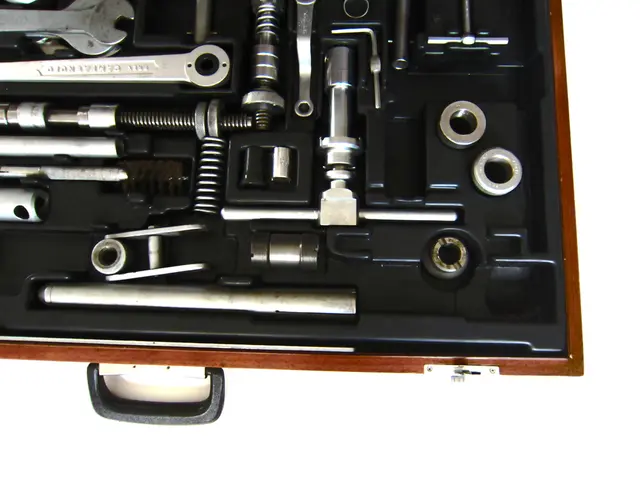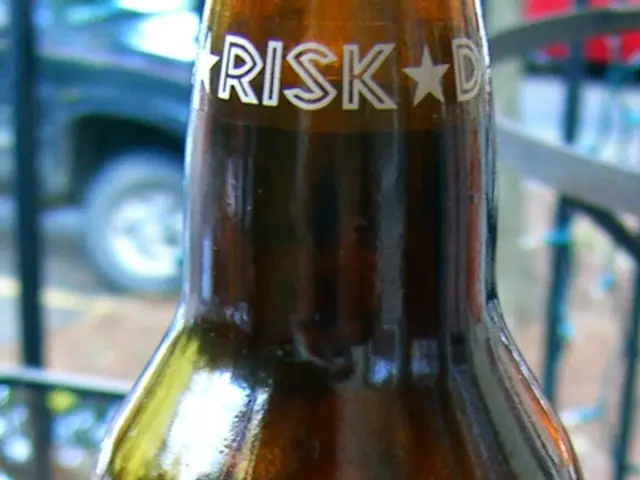Artificial Intelligence heralds a more eco-friendly cement industry
In a groundbreaking development, researchers at the Paul Scherrer Institute (PSI) in Switzerland have unveiled an AI-based model that promises to significantly reduce the carbon footprint of cement production. Originally published by Cosmos under the title "AI paves the path for greener cement", this innovative approach utilizes a "digital cookbook" approach to expedite the discovery of low-carbon cement recipes.
The heart of this AI model lies in its machine learning techniques, specifically neural networks trained on thermodynamic data. These networks predict how different mineral combinations will perform in terms of mechanical strength and CO2 emissions. To further optimize the cement formulations for both strength and low emissions, genetic algorithms are employed, allowing the AI to simulate thousands of ingredient combinations and identify recipes that meet specific criteria, such as reduced CO2 emissions without compromising material quality.
One of the most significant benefits of this AI model is its speed. Unlike traditional methods that rely on time-consuming experiments or complex simulations, this model can generate practical recipe suggestions within seconds. It acts as a "digital cookbook" for climate-friendly cement, able to calculate mechanical properties around 1,000 times faster than traditional computational modeling.
The AI model, developed by PSI, can also calculate the minerals that form during hardening and the geochemical processes for various cement formulations. This information is crucial in modifying the cement recipe itself, such as replacing some of the clinker with alternative cementitious materials, thereby reducing the carbon footprint associated with traditional cement production.
The research, published in the journal Materials and Structures, is part of the Swiss Centre of Excellence on Net Zero Emissions (SCENE) Project. John Provis, head of the Cement Systems Research Group at PSI, compares the research to doing geology in fast motion.
While the researchers have discovered many promising candidates for new cement recipes, these materials now need to be tested in a laboratory before they can be used in the construction industry. The team at PSI's Centre for Nuclear Engineering and Sciences is also exploring strategies to modify the cement recipe's molecules as a means to further reduce emissions.
The production of cement, a main ingredient in concrete, emits large amounts of carbon dioxide (CO2) into the atmosphere. Given that concrete is the most widely used material worldwide, according to the Royal Society of Chemistry, the potential impact of this AI-based model could be substantial. Indeed, the cement industry is responsible for around 8% of global CO2 emissions, making this research a significant step towards a more sustainable future.
Nikolaos Prasianakis, who initiated the study, states that this is just the beginning of the research. The AI model's ability to generate practical recipe suggestions for climate-friendly cement within seconds, reducing the need for extensive lab testing, offers enormous research time savings, making it a very promising approach for all sorts of material and system designs.
This AI model, developed by the Paul Scherrer Institute (PSI), utilizes machine learning techniques and genetic algorithms to expedite the discovery of low-carbon cement recipes, acting as an "environmental-science" solution for reducing CO2 emissions in cement production. The model, which demonstrates faster calculations compared to traditional computational modeling, could potentially revolutionize the cement industry, a significant contributor to climate-change, due to its ability to generate practical recipe suggestions within seconds and offer research time savings.




